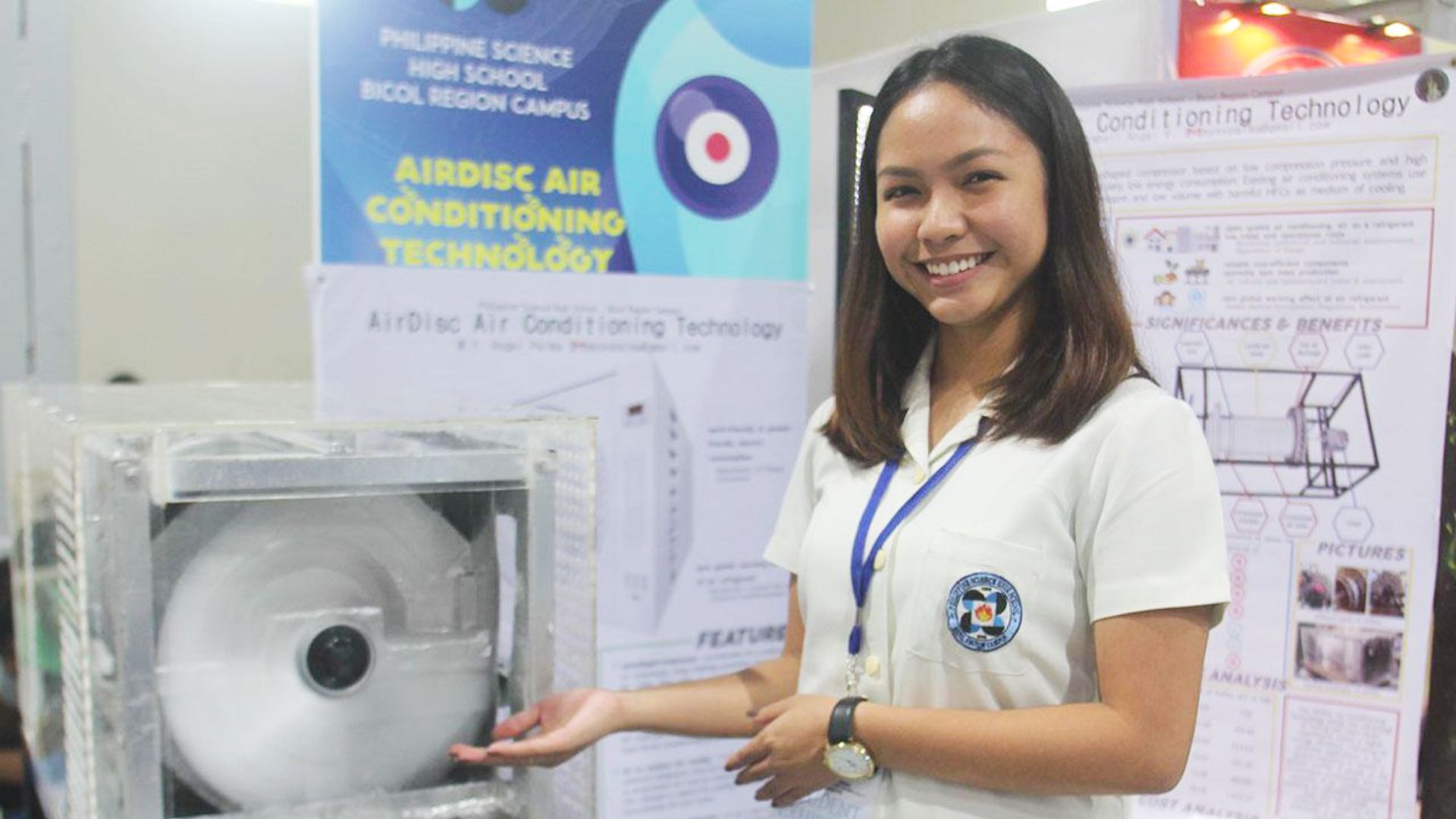Eco-friendly materials, innovative solutions, creative minds, and Filipino spirit—these have significantly contributed to a greener and more sustainable future as Filipino inventors carved a niche for themselves on the global stage by devising pioneering solutions that address various faces of environmental conservation and sustainable living.
Filipino inventors are making a special mark in the pursuit of a greener and more sustainable world. Their discoveries are not just about winning at home; they speak loudly in the worldwide conversation about taking care of the environment.
The kind of creativity they bring to the table isn’t confined to our communities but stretches across the globe, making a significant impact on the broader conversation around sustainable practices.
Let’s have some of the notable Filipino inventions and inventors who made efforts to create a world that’s kinder to our home, the Earth.
1. AuREUS: Aurora Renewable Energy & UV Sequestration

Created by Carvey Ehren Maigue of Mapua University, the AuREUS system is an evolution for walls or windows and uses technology synthesized from upcycled crop waste to absorb stray UV light from sunlight and convert it to clean renewable electricity.
The AuREUS system champions the issues of UV sequestration, better access to solar energy for climate change mitigation, and supporting the local agriculture industry hit by calamities by upcycling crops that would otherwise be considered waste, thus mitigating farmer loss.
2. AirDisc Cooling Technologies system

Invented by Maria Yzabell Angel Palma of De La Salle University, the AirDisc Cooling Technologies system replaces more than a century-old technology that ties humans as dependent victims of chemical refrigerants. It uses air with only 10% of the energy.
It uses an open system that forgoes chemical refrigerants that have cooling properties but must be contained in closed systems because of one or a combination of reasons such as being expensive, toxic, flammable, etc. In this energy-hungry world, such commodities are expensive. Chemical refrigerants demand high compression pressures, while the AirDisc system does not, which means low energy needs.
3. Hydrogasifier
The hydrogasifier, invented by Roberto V. Celis, provides a gas-saving device and method for dissociating water into its constituent hydrogen and oxygen gases by utilizing the heat energy of the hot exhaust gases of an engine between temperatures of 710°F and 950°F efficiently.
The high-pressure superheated steam discharges into a large stainless steel cylindrical dissociation chamber and rapidly expands and dissociates into its constituent hydrogen and oxygen gases. The hydrogen and oxygen gases so produced are immediately drawn into the combustion chamber through the intake manifold of the engine to burn and cause efficient combustion of the fuel, which results in fuel savings, adds power and speed to the engine, reduces emissions, cools the engine, reduces engine wear, and releases oxygen to make the environment more healthy. When the engine stops, the spring-loaded valve automatically closes and prevents flooding.


















